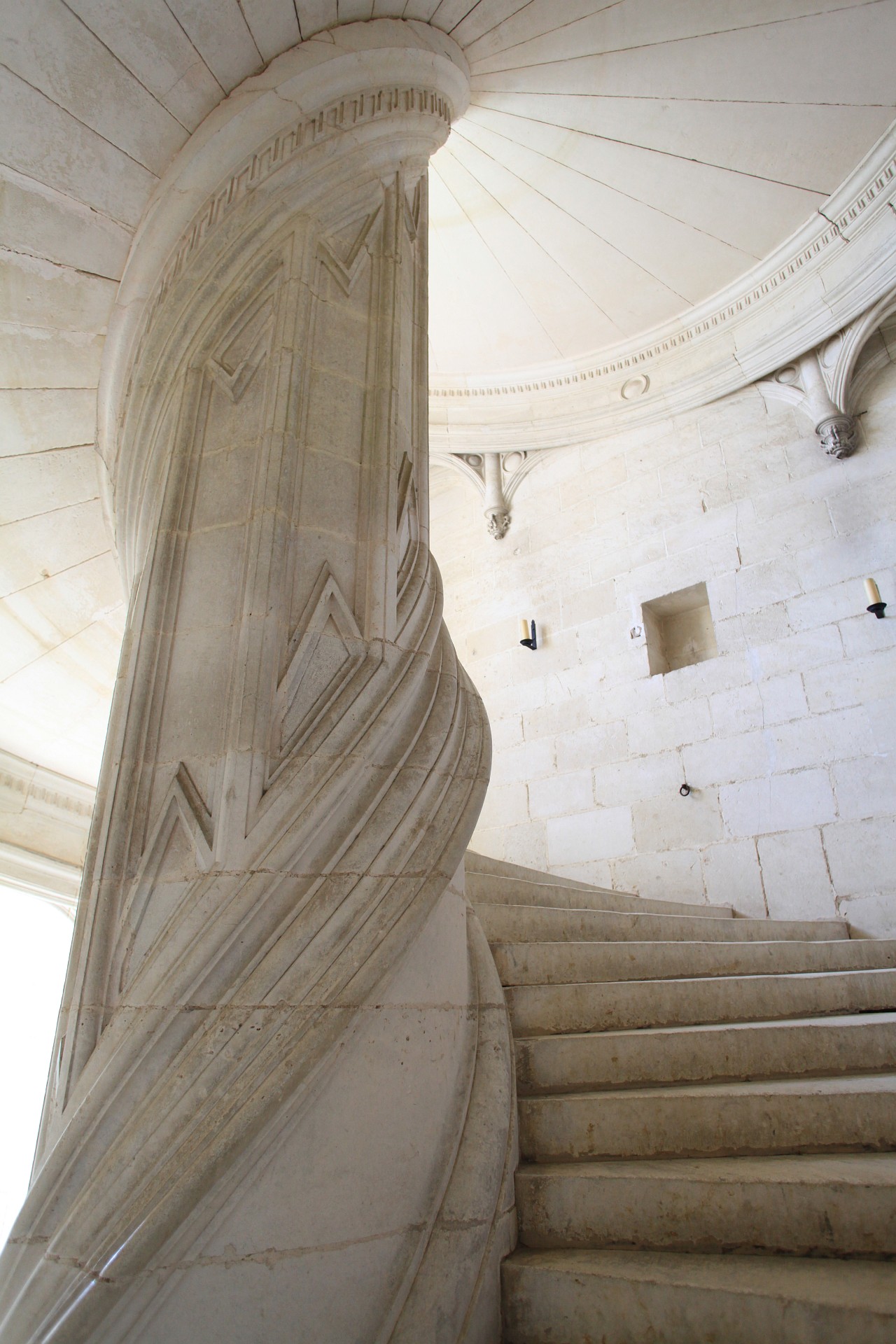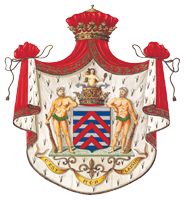
ARCHITECTURE
The most significant dates
980 . Foucauld, younger brother of the viscount of Limoges, builds a wooden camp on a rock above the river Tardoire. He named his camp Foucauld’s Rock He named his camp Foucauld’s Rock
XIᵉ . Foucauld’s son builds the square keep in the courtyard surrounded by a wall.
1350 –Aimery de La Rochefoucauld buids the two entrance towers.
1453 . Jean de La Rochefoucauld erected the three corner towers and raised the keep following the victory of the Battle of Castillon which ended the Hundred Years War.
1520 . Anne de La Rochefoucauld builds the galleries and the staircase in a renaissance style according to the drawings of Leonardo Da Vinci given to her by the king of France.
1615 . The courtyard is opened on the countryside, the medieval buildings are torn down. The front porche is built to welcome the king of France Louis the XIIIth. pening of the courtyard and demolition of the medieval part of the castle.
1760 . After a fire the XVIIth century wing is replaced by an XVIIIth century building.
By the diversity, the elegance and the quality of its architecture, the castle ranks among one of the most beautiful in France.
The building is surrounded by tall towers. The two front towers supporting the draw-bridge the XVth century towers are crounded by machecoulis and very pointed roofs.
The façade on the south has been forwarded to enclose the giant staircase and the flapend of this wall is diagonally built to rejoin the towers.
The façade on the east side is more conventional and inserts itself regulary in between the towers rather like the François the 1st wing in Blois, because the windows are still slightly gothic, it seems obvious that work began on this side.
On the south side the circular staircase is enclosed in a square part of the building. Its architecture, also attributed to Leonardo Da vinci is very new and gold. The roof limbs much higher than the other roofs to emphasize power.
The Renaissance Galeries
These spectacular galeries on three levels display archways creating a décor strangely like an Italian “Cortile”, one is reminded of the famous archways of Bramarte in Rome especially on the two first floors.
THE DOORS
Magnificent doors open on every floor and recall very insistently the Renaissance taste for antiquity. The chapel door is the most spectacular. It is encased by two fluted piers topped by Corinthian capitals. Above the door the initials of François and Anne are carved and running all round is a roman design called the running dog. The door is a groined arch carved with the angels, the Italian call “putti”.
THE CHAPEL
The chapel occupies the entire east tower. There again the ceiling is decorated with ogival arches leaning on semi-circular columns which remind one insistently of Italian renaissance. François XVI, his wife Mathilda and their only son François XVII are buried in the chapel.
The giant staircase
The most amazing work of architecture, it is circular with a central column strongly wreathed, decorated by ornamental mouldings similar to Chambord or Blois. The ceiling is a display of ogives taking the shape of a palm tree and cuddling baskets of angels in the midst. In the center is a sculpture representing a jester probably describing the book of Erasmus “ the Praise of folly” very popular during the early XVIth century.

